Cardinals, with their vibrant crimson plumage and melodious songs, are among North America’s most beloved backyard birds. Their striking appearance against winter snow or summer greenery makes them a prized visitor for bird enthusiasts. Many bird watchers dream of not just occasional cardinal sightings but actually hosting a nesting pair on their property. While these beautiful birds can be somewhat particular about their nesting locations, with the right approach, you can create an environment that cardinals find irresistible. This comprehensive guide explores proven strategies to attract nesting cardinals, insights into their behavior, and ways to maintain their presence year after year.
Understanding Cardinal Nesting Behavior
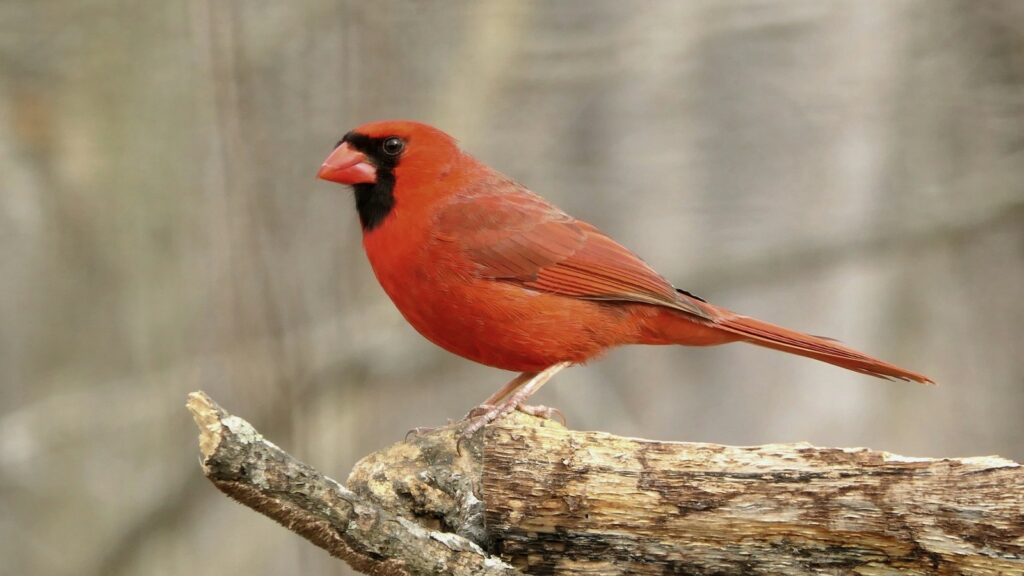
Northern Cardinals (Cardinalis cardinalis) typically begin their nesting season in early spring, though in warmer southern regions, they may nest almost year-round. Unlike many songbirds, cardinals don’t migrate, making them potential year-round residents if your property meets their needs. These birds typically produce 2-4 broods per season, with the female building the nest while the male stands guard and brings materials. Cardinals prefer to nest in dense, protective shrubs or small trees, usually 3-10 feet off the ground, where their nests can be concealed from predators while providing a good vantage point. Understanding these fundamental behaviors is essential for creating an environment that will attract nesting cardinals to your yard.
Providing the Perfect Nesting Habitat

Cardinals seek dense, protective cover for nesting, with a strong preference for thorny shrubs, evergreens, and vine tangles that provide natural security from predators. Ideal nesting locations include rose bushes, hawthorns, spruce trees, honeysuckle vines, blackberry brambles, and dense evergreen shrubs like boxwood or juniper. The most successful cardinal habitats feature multiple layers of vegetation – tall trees for singing perches, medium-height shrubs for nesting, and ground-level plants for foraging. Create clusters of shrubs rather than isolated plantings, as this mimics the natural edge habitats cardinals prefer in the wild. Remember that overly manicured landscapes with sparse vegetation rarely attract nesting cardinals, so embrace a slightly wilder, more natural approach in at least some sections of your yard.
The Cardinal Food Supply Connection
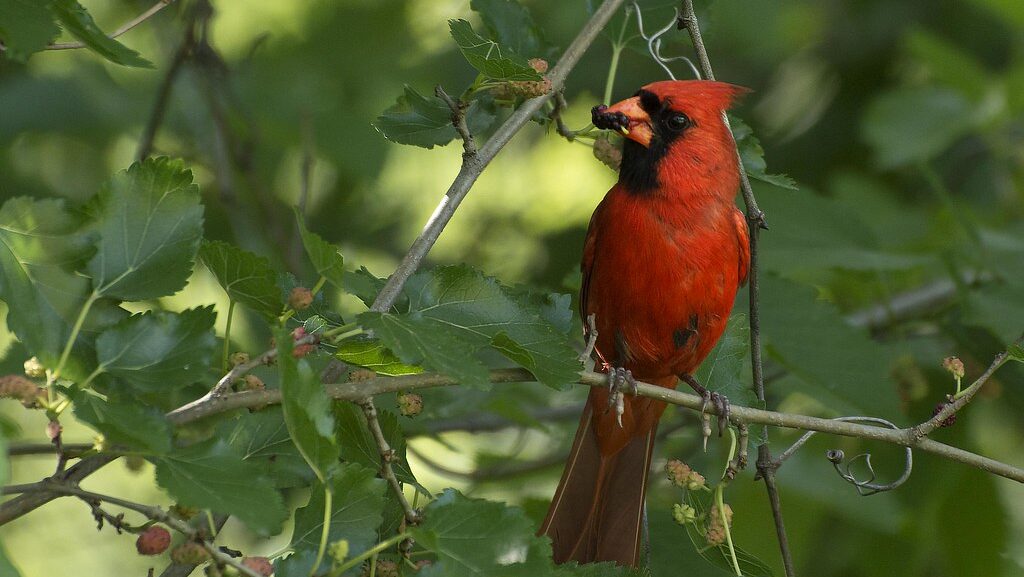
Food availability is a critical factor in attracting nesting cardinals, as these birds need reliable nutrition sources during the demanding breeding season. Cardinals are primarily seed eaters but increase their intake of insects and small fruits when raising young. Install quality feeding stations with black oil sunflower seeds, safflower seeds, and cracked corn – all cardinal favorites. Platform feeders or hopper feeders are preferred by cardinals over tube feeders, as these birds like to perch while eating. Complement feeders by planting native berry-producing shrubs like serviceberry, dogwood, and viburnum, which provide natural food sources. During nesting season, consider offering mealworms or small amounts of suet, which provide the protein needed for nestling development.
Water Features That Attract Cardinals
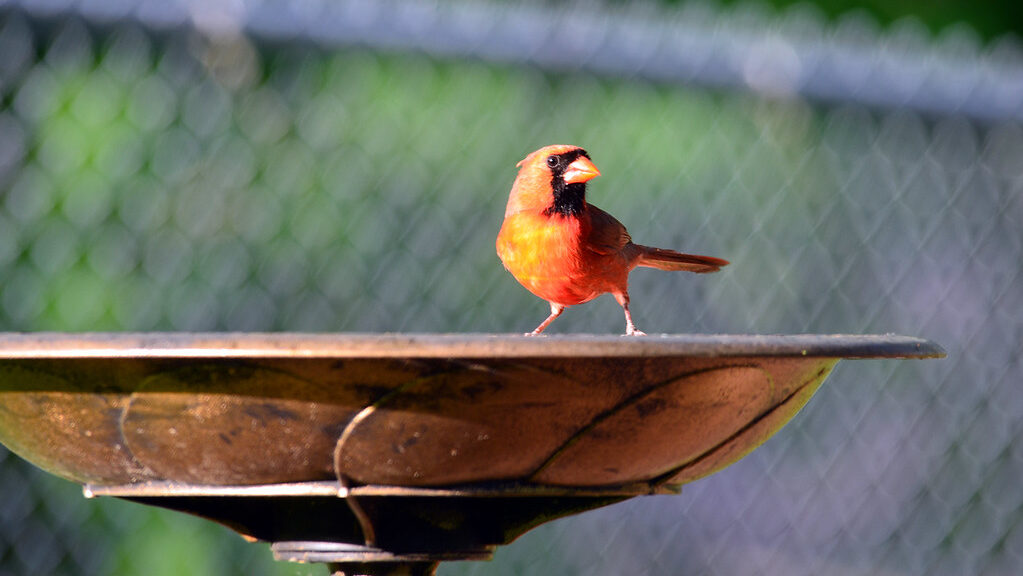
Water sources are a powerful attractant for cardinals, serving both drinking and bathing needs crucial to their health and comfort. Install bird baths with gently sloping sides no more than 2-3 inches deep, as cardinals prefer shallow water for safe bathing. Moving water is particularly attractive to cardinals, so consider adding a small bubbler, fountain attachment, or dripper to your bird bath. Position water features near protective cover but not directly underneath trees where droppings might contaminate the water. In winter, heated bird baths can be especially effective in attracting cardinals, as unfrozen water becomes a rare and valuable resource. Multiple water sources distributed around your property can establish your yard as prime cardinal territory throughout the year.
Creating Safe Nesting Zones
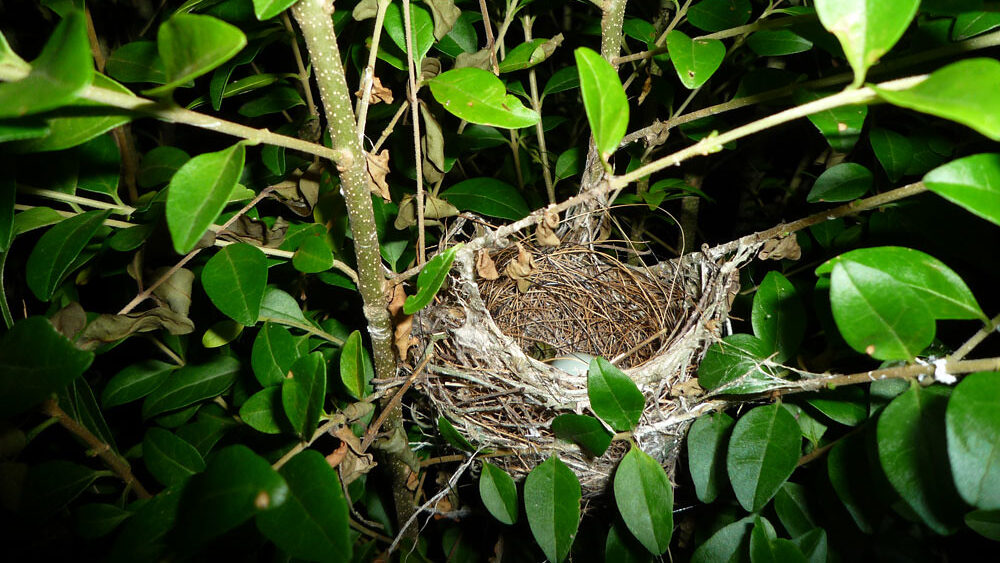
Cardinals are vigilant about safety and will abandon areas where they feel threatened, especially during nesting season. Minimize disturbances around potential nesting sites by creating quiet zones in your yard where human activity is limited during the breeding months. Keep pets, particularly cats, away from cardinal-friendly areas, as even the presence of predators can deter nesting. Position bird feeders and baths about 10-15 feet from dense shrubs – close enough for easy access but far enough that predators can’t use them for ambushes. Avoid using pesticides and chemical lawn treatments, which can harm cardinals directly or eliminate the insects they need to feed their young. Creating these safe zones significantly increases the likelihood that cardinals will choose your yard for nesting.
The Right Plants for Cardinal Success
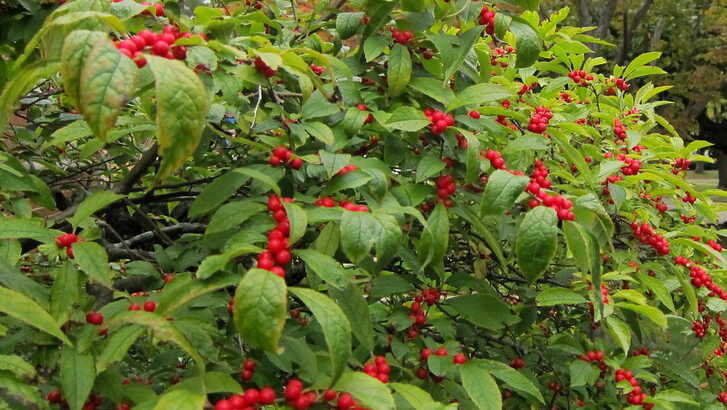
Native plants form the foundation of a successful cardinal habitat, providing familiar food sources and nesting materials. Evergreen shrubs like eastern red cedar, American holly, and boxwood offer year-round shelter and winter protection that cardinals particularly value. Dense deciduous shrubs such as dogwood, viburnum, and serviceberry provide excellent nesting sites and produce berries that cardinals eat. Cardinals also appreciate fruit-bearing trees like mulberry, crabapple, and cherry for both food and nesting opportunities. Include native grasses and perennial flowers that produce seeds and attract insects – both important food sources during nesting season. This diverse plant palette creates a complete ecosystem that supports cardinals through all life stages and seasons.
Nesting Materials Cardinals Prefer
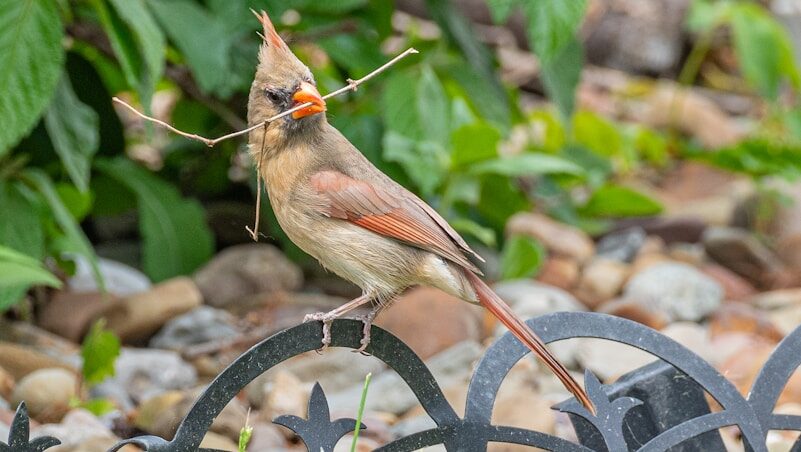
While cardinals will build their nests primarily with materials they find naturally, you can help by ensuring the right components are available. Cardinals typically construct their nests using twigs, grass stems, bark strips, rootlets, and plant fibers, lined with softer materials like grass, hair, and fine rootlets. You can discreetly provide nesting materials by leaving small piles of twigs, pine needles, and dry grass in quiet corners of your yard. Some gardeners leave pet hair (after brushing dogs or cats) in mesh suet holders or spread across bushes where birds can easily collect it. Avoid providing synthetic materials like yarn or string, which can entangle birds or nestlings, and never offer dryer lint, which can absorb moisture and harm developing chicks.
The Importance of Cardinal Territory
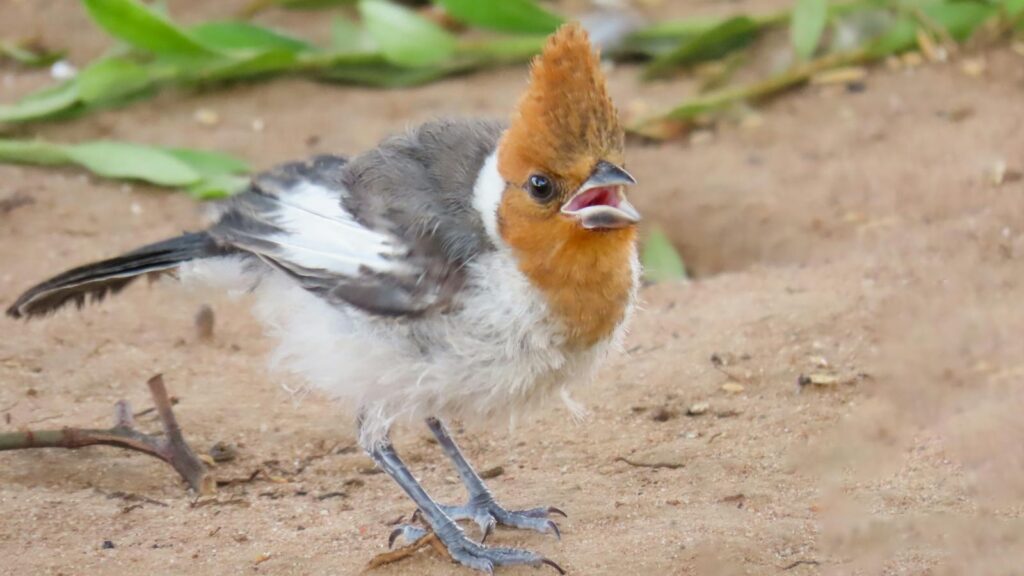
Cardinals are territorial birds, especially during breeding season, with males vigorously defending areas typically ranging from 2-10 acres depending on habitat quality. Understanding territory size helps explain why you might have trouble attracting nesting cardinals if neighbors already host established pairs. Larger properties can potentially support multiple cardinal families by creating separate habitat zones with visual barriers between them. On smaller properties, focus on creating one high-quality nesting area with all essential elements – food, water, shelter, and nesting sites – concentrated to make your yard the heart of a cardinal’s territory. Respecting territorial boundaries means avoiding multiple feeding stations that might increase competition and aggression between cardinal pairs.
Seasonal Adjustments for Year-Round Appeal
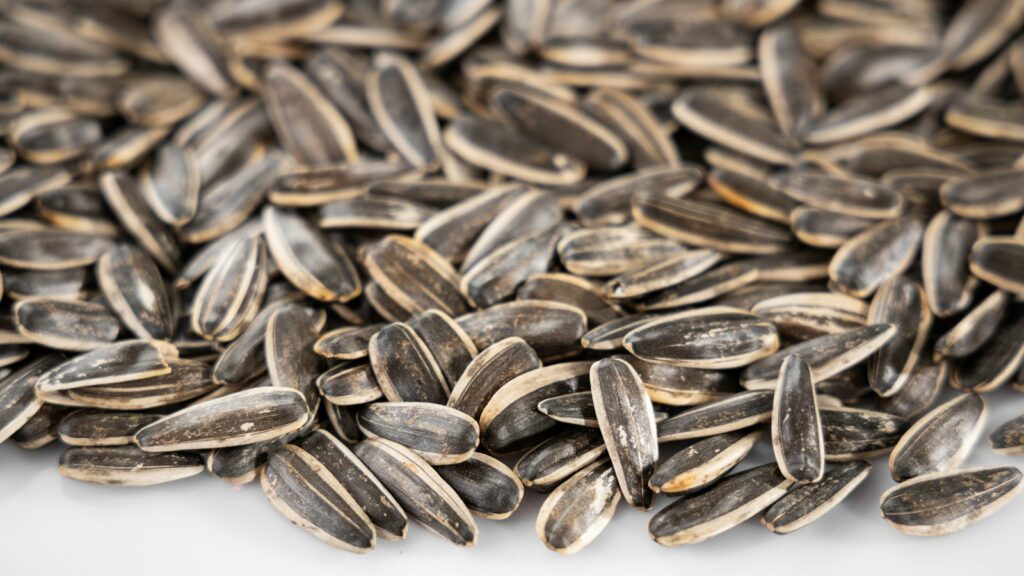
To attract nesting cardinals, your yard should support these non-migratory birds throughout the entire year. In spring, focus on providing nesting materials and increasing protein-rich food sources as breeding season begins. Summer calls for reliable water sources during hot weather and continued food supplies as cardinals raise multiple broods. Fall is the time to ensure seed-producing plants remain unmowed and feeding stations are well-stocked as natural food sources diminish. Winter requires the greatest support – maintain feeding stations with high-energy foods like sunflower seeds and suet, provide unfrozen water if possible, and ensure dense evergreen cover is available for roosting during harsh weather. These seasonal adjustments demonstrate that successful cardinal attraction requires year-round commitment rather than just spring preparations.
Common Mistakes That Deter Cardinals
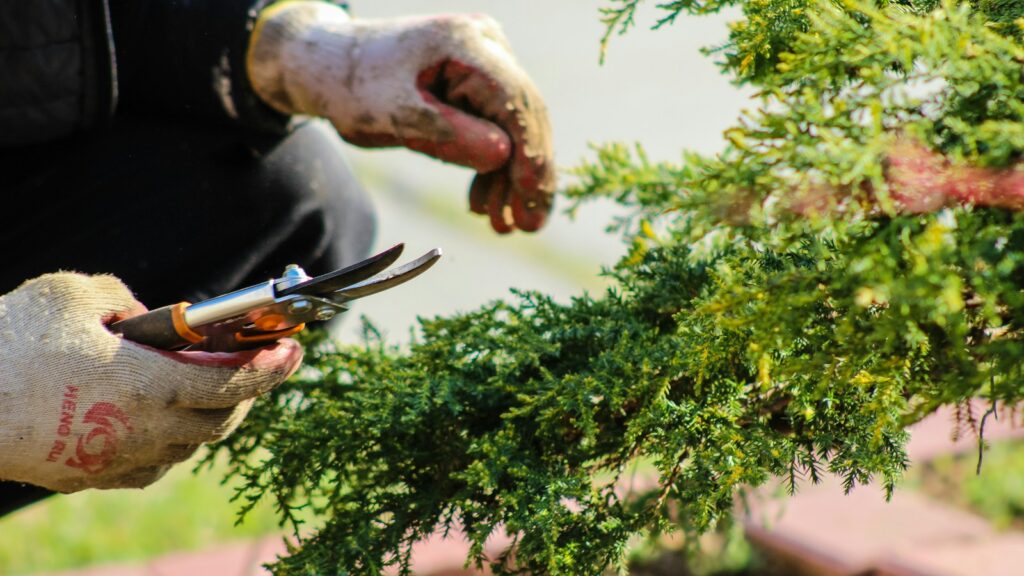
Even well-intentioned bird enthusiasts sometimes make mistakes that inadvertently discourage cardinals from nesting. Over-manicured landscapes with excessive pruning eliminate the dense, protective cover cardinals require for nesting and shelter. Putting out incorrect foods, like cheap seed mixes filled with milo and cracked corn but lacking sunflower seeds, fails to provide the nutrition cardinals need. Allowing cats to roam freely near bird-friendly areas creates a predator threat that cardinals won’t ignore, regardless of how appealing other habitat features might be. Using pesticides and herbicides not only reduces insect populations needed for feeding nestlings but can directly harm cardinals through secondary poisoning. Recognizing and avoiding these common mistakes significantly increases your chances of attracting nesting cardinals.
Patience and Persistence with Cardinals
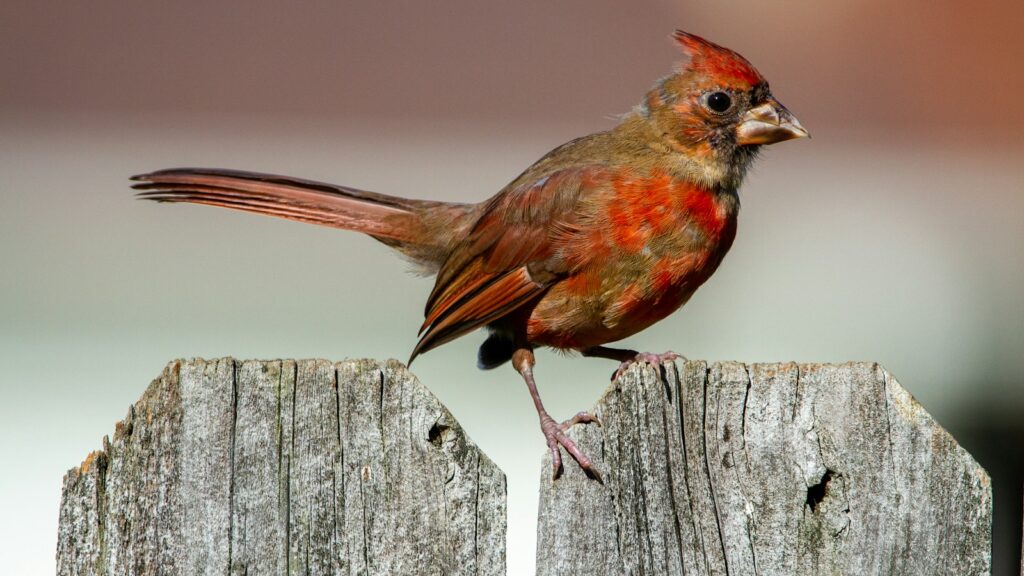
Attracting nesting cardinals is rarely an overnight success but rather a gradual process that can take several seasons to yield results. Cardinals are creatures of habit, often returning to successful nesting locations year after year, which means your habitat improvements may first attract visiting cardinals before they commit to nesting. Young cardinal pairs seeking to establish territories are more likely to adopt new nesting areas than older, established pairs with existing territories. Track cardinal sightings in your yard throughout the year, noting any increases in frequency that might indicate growing interest in your property. Remember that even if cardinals don’t nest immediately, regular visits suggest your habitat improvements are working, and with continued enhancements, nesting may follow in subsequent seasons.
Observing Without Disturbing

Once cardinals show interest in your yard, proper observation techniques help ensure they stay while respecting their need for privacy. Use binoculars or spotting scopes to watch from a distance rather than approaching nesting areas directly. Install comfortable seating at strategic viewing locations that provide good sightlines without requiring proximity to cardinal activity zones. If you discover a cardinal nest, resist the urge to check it frequently – even well-intentioned visits can stress the birds and potentially lead to nest abandonment. Photography should be conducted with long lenses from a significant distance, and flash photography near active nests should be avoided entirely. These respectful observation practices help maintain the trust of cardinal pairs and increase the likelihood they’ll return to nest in subsequent years.
Creating a Cardinal Legacy
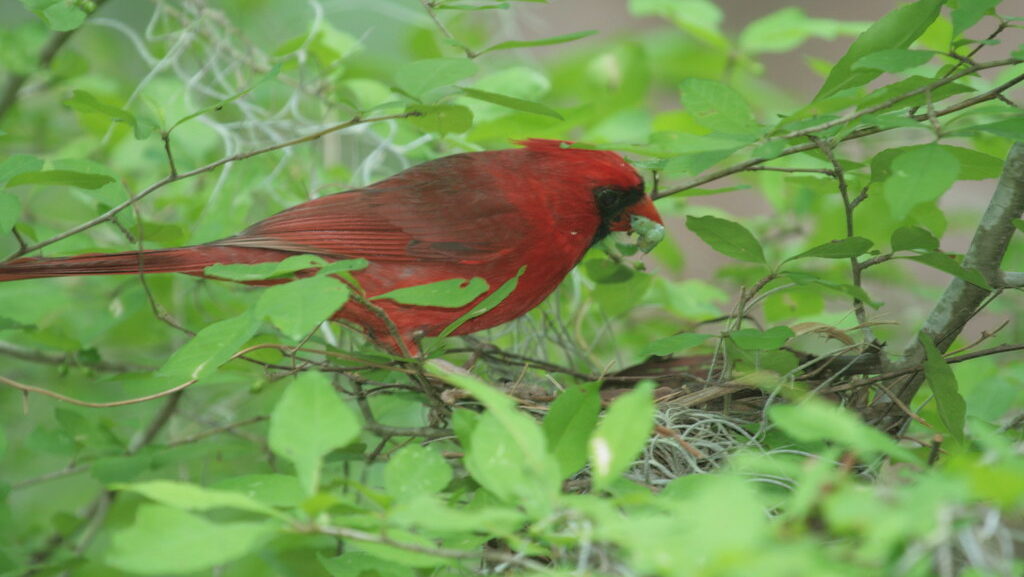
Successfully attracting nesting cardinals can establish a multi-generational presence on your property. Cardinals typically live 3-5 years in the wild, with some individuals reaching 15+ years of age. Young cardinals often establish territories near their birth location, meaning successful nesting pairs may produce offspring that also adopt your yard in following years. Document your cardinal visitors through photographs and journals, noting behaviors, preferred feeding and nesting locations, and successful breeding activities. Share your cardinal-friendly habitat creation with neighbors and local community groups to potentially create expanded habitat corridors that support multiple cardinal families. This long-term approach to cardinal attraction transforms your efforts from a single-season project into a lasting legacy of wildlife stewardship.
Conclusion
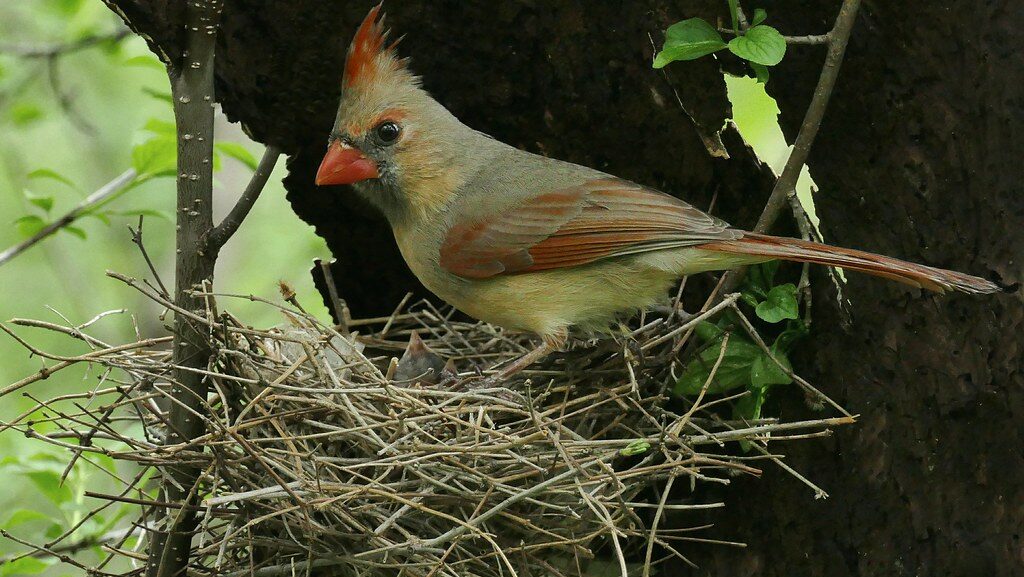
Attracting nesting cardinals requires thoughtful habitat creation that addresses their full range of needs – from food and water to shelter and nesting sites. By understanding cardinal behavior and preferences, you can transform your property into prime cardinal real estate that may support generations of these beautiful birds. While success requires patience and consistent effort, the reward of hosting these vibrant year-round residents makes the investment worthwhile. As you implement these strategies, remember that you’re not just creating a space for cardinal observation but participating in meaningful conservation that supports native wildlife in increasingly urbanized environments. With dedication to creating and maintaining the right conditions, you’ll maximize your chances of enjoying the unique privilege of sharing your space with nesting cardinals.
